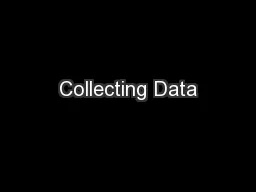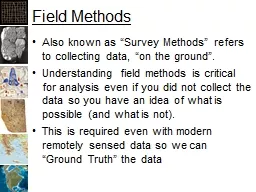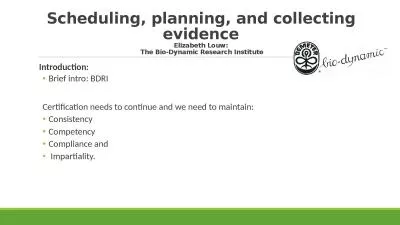PPT-A Guide to Collecting and Using Data Neil H. Schwartz, Ph.D.
Author : pasty-toler | Published Date : 2019-11-02
A Guide to Collecting and Using Data Neil H Schwartz PhD 71311 1 What is data and why take it Data is the measurement of key aspects of behavior We measure these
Presentation Embed Code
Download Presentation
Download Presentation The PPT/PDF document "A Guide to Collecting and Using Data Nei..." is the property of its rightful owner. Permission is granted to download and print the materials on this website for personal, non-commercial use only, and to display it on your personal computer provided you do not modify the materials and that you retain all copyright notices contained in the materials. By downloading content from our website, you accept the terms of this agreement.
A Guide to Collecting and Using Data Neil H. Schwartz, Ph.D.: Transcript
Download Rules Of Document
"A Guide to Collecting and Using Data Neil H. Schwartz, Ph.D."The content belongs to its owner. You may download and print it for personal use, without modification, and keep all copyright notices. By downloading, you agree to these terms.
Related Documents














